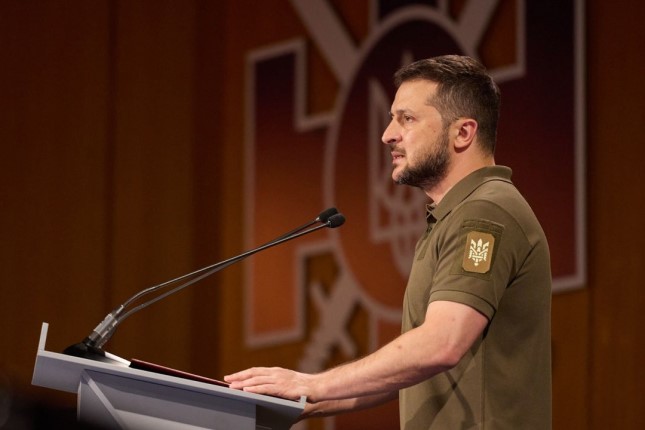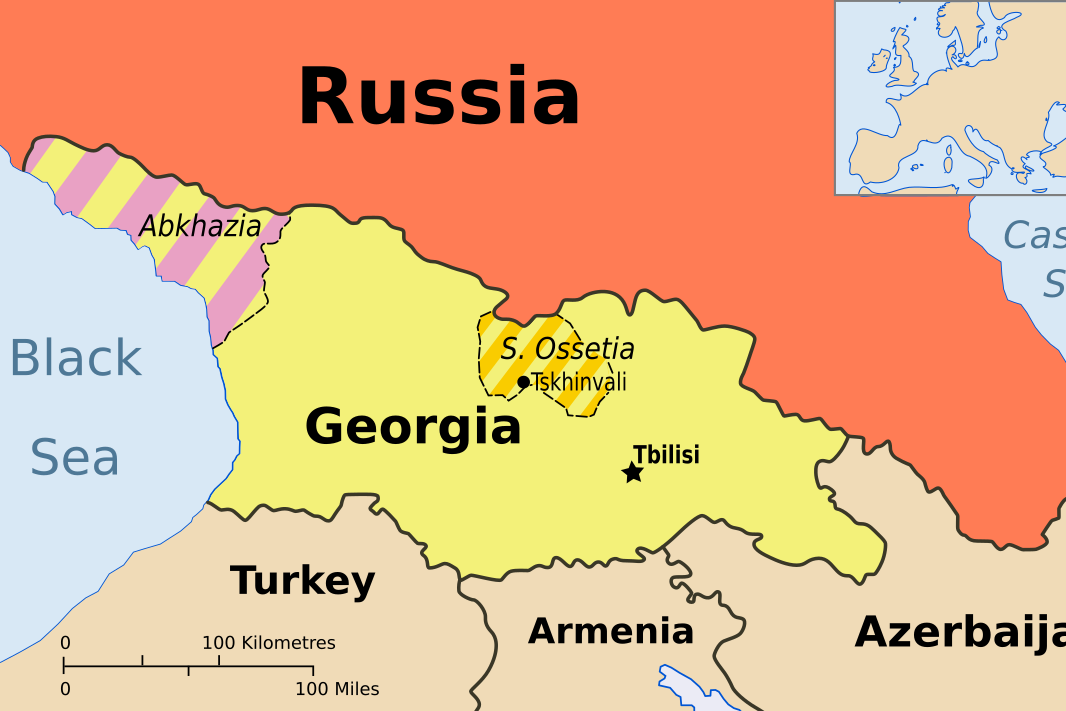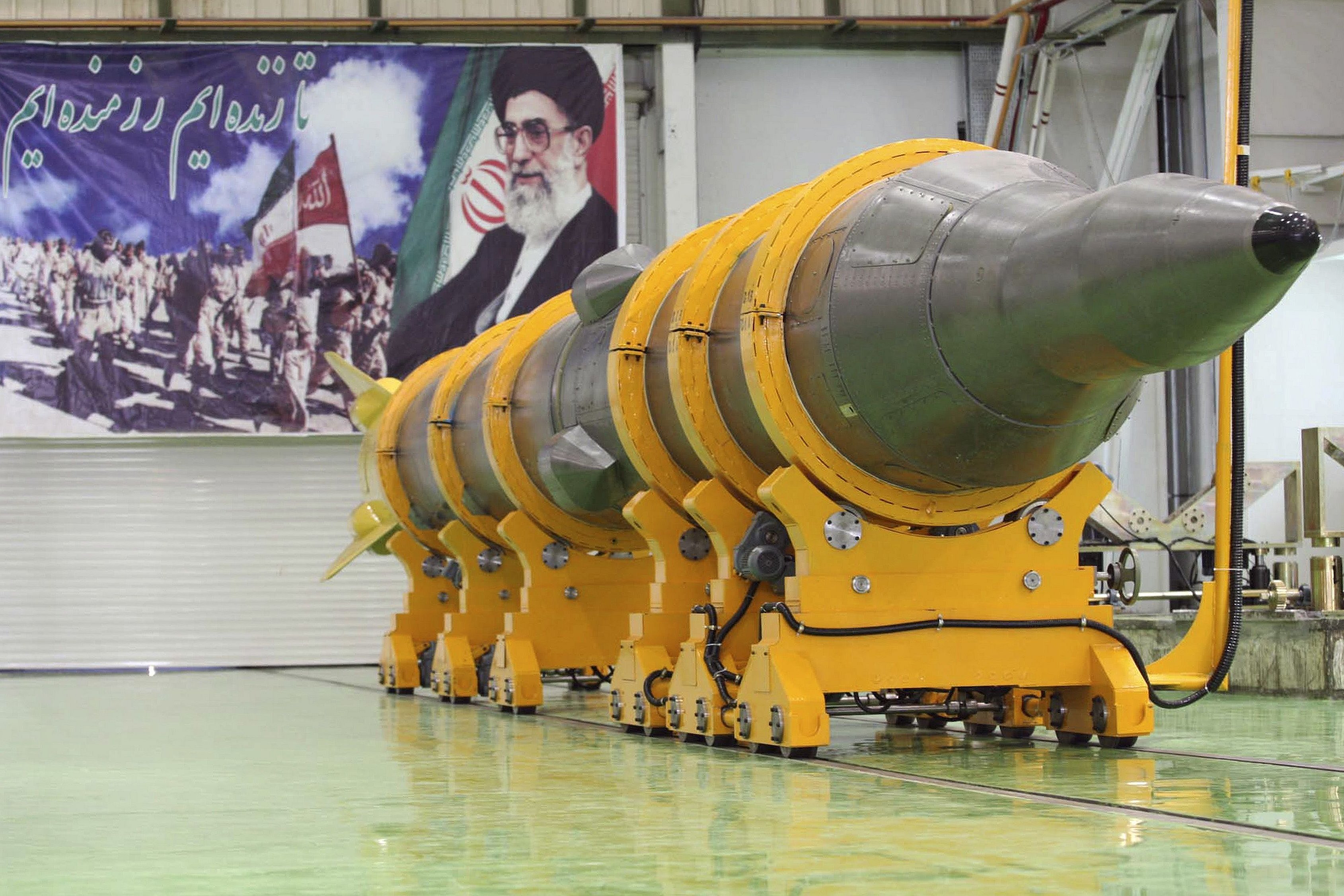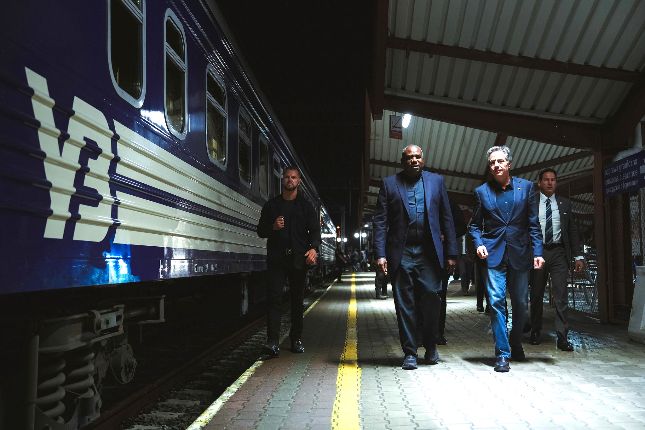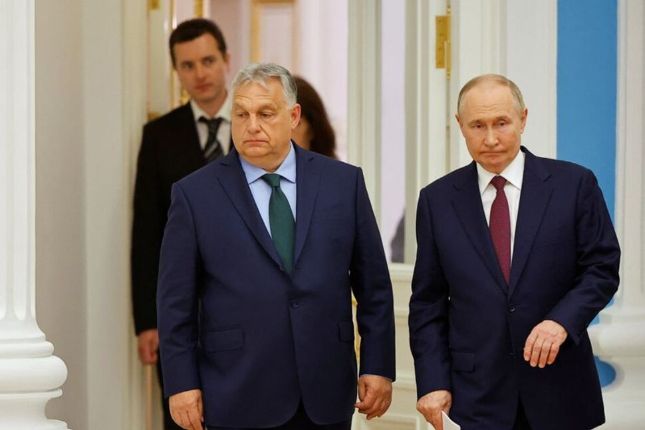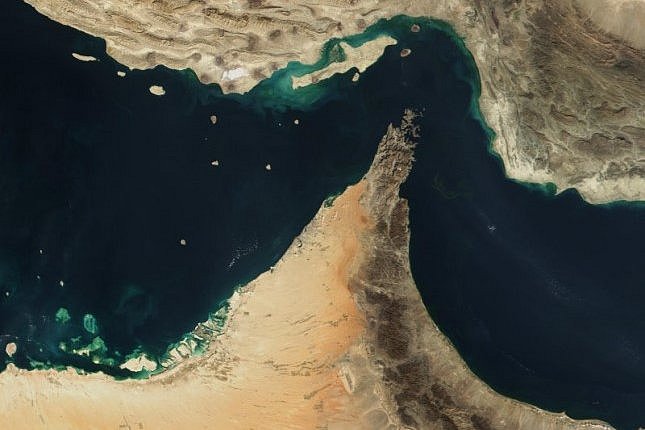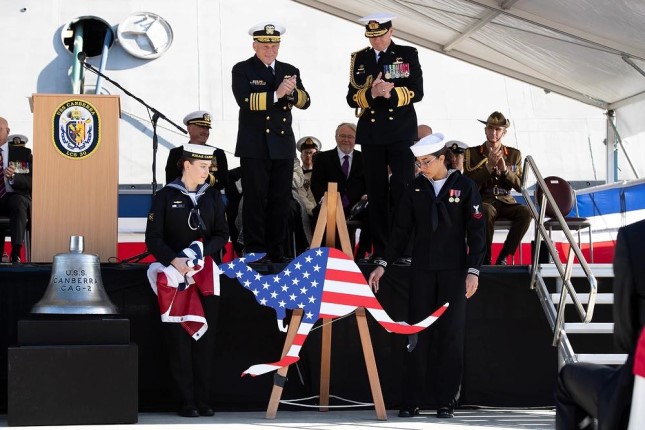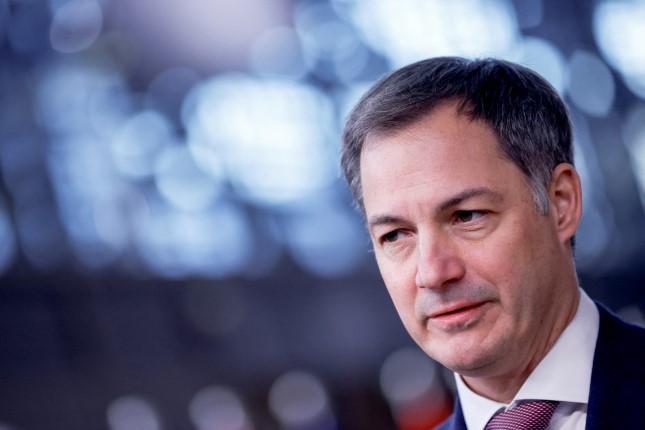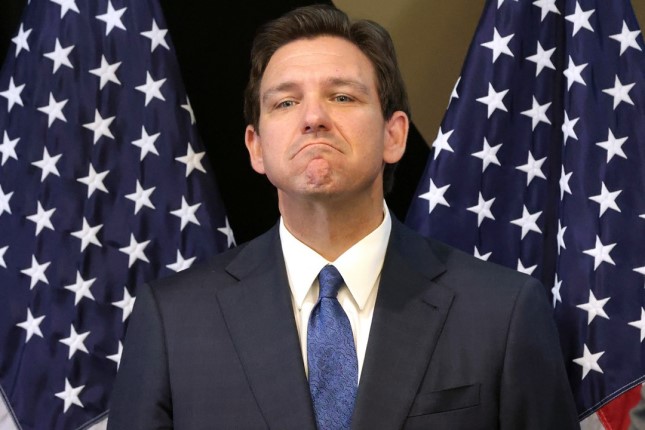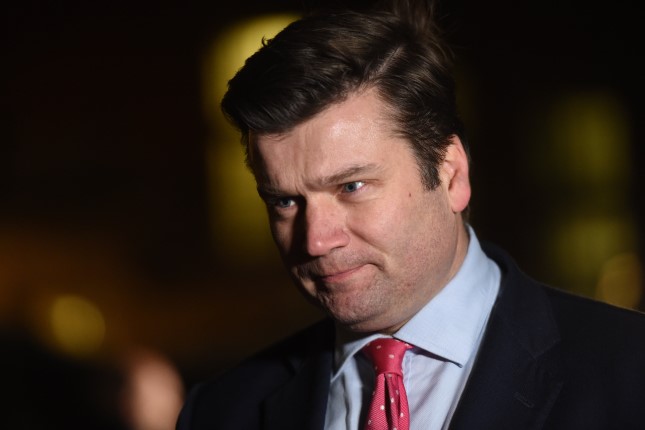A recent article in the Economist citing internal Ukrainian government polling data revealed that support for President Volodymyr Zelensky has crashed to just 32 percent, following the failure of the country’s counteroffensive over the summer and the outbreak of open political struggle with the military led by General Valery Zaluzhnyi. The Economist went on to characterize the relationship between Zelensky and Zaluzhnyi as “terrible.”
Conversely, support for Zaluzhnyi stood at 70 percent. Even the head of Military Intelligence Kirill Budanov polled better than Zelensky with an approval rating of 45 percent.
So far Zelensky and his entourage have responded to such reports by blaming “Russian propaganda.” However, on Monday, Ukraine’s major online newspaper Ukrainska Pravda, released a report documenting the growing rift between Zelensky and the military, and his fears of Zaluzhnyi’s entry into politics.
According to the article titled, “War vs. Politics: What is really going on Between Zelensky and Zaluzhnyi,” Zelensky and his cabinet first began to view Zaluzhnyi as a problem in spring of last year as government polling continued to show rising support for the military and Zaluzhnyi specifically.
Unnamed “Western” organizations cited in the article have clearly been following the decline of Zelensky and rise of Zaluzhnyi. “Some foreign organizations recently conducted focus groups in Ukraine to see for themselves what political niches have now appeared in our country,” an unspecified Ukrainian high-ranking official told Ukrainska Pravda, who asked the influential outlet not to specify either his name or his position.
In April, the relationship drastically turned for the worse when Zaluzhnyi attempted to create his own charity to support the war effort, raising the ire of the head of the President’s Office, Andriy Ermak. The outlet detailed Zelensky’s meddling in military decisions and his attempts to undermine Zaluzhnyi by creating “parallel tracks” of communication with other rival military officials such as Alexander Syrsky, commander of the ground forces, and Air Force Commander Nikolay Oleshchuk.
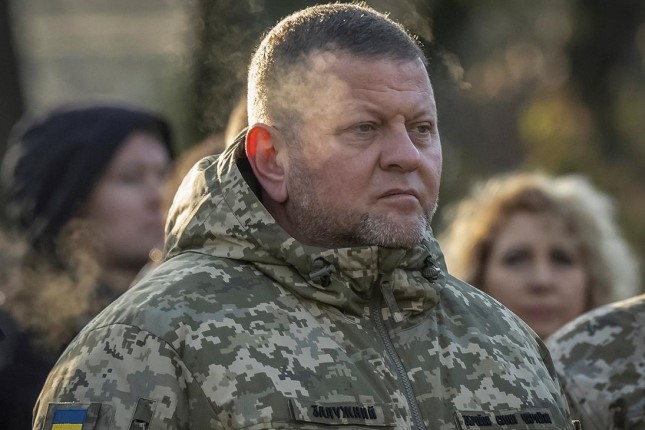
Valery Zaluzhny. Photo: Vyacheslav Ratinsky / Reuters.
Tensions between Zelensky and the army leadership further grew when, earlier in August, Zelensky dismissed the country’s regional draft commanders following a corruption scandal in which military officials were reportedly accepting bribes of up to $10,000 to avoid conscription. Since then, there has been a sharp drop in conscription and staffing levels, deepening what is already a severe shortage of man power at the front.
Now, Ukraine is reportedly considering a new mobilization plan that will include the conscription of teenagers, elderly men, women and the forced return of Ukrainian men of military age across Europe, who fled the country to avoid fighting in the bloody NATO-backed war.
In October, Zaluzhnyi came out with an essay and a major interview with the Economist, admitting that Ukraine was in a disastrous military situation and that the war had reached a “stalemate.”
Shortly thereafter, Zelensky and his entourage decided to cancel the presidential elections due to be held next year. In an open endorsement of dictatorial forms of rule, Zelensky stated at the time, “And if we need to put an end to a political dispute and continue to work in unity, there are structures in the state that are capable of putting an end to it and giving society all the necessary answers.”
The same day that Zelensky announced that the elections were cancelled, one of Zaluzhnyi’s closest assistant and friend blew himself up with a hand grenade that had been delivered to his home as a “birthday gift” by someone in the military. Zelensky also initiated another purge of the military.
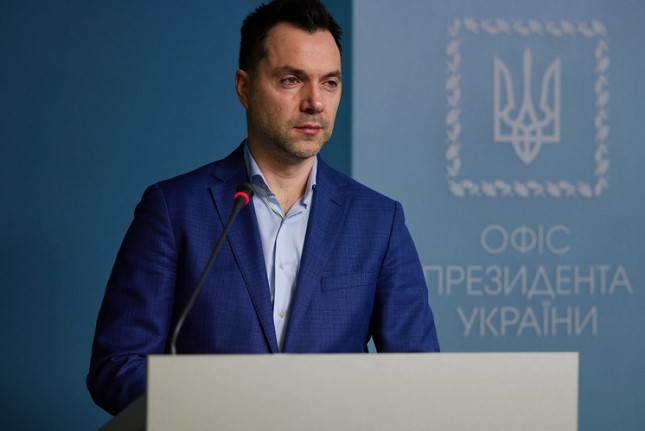
Alexey Arestovich. Photo: wikipedia.org
The political crisis of the Zelensky regime is a symptom of a much broader crisis of the entire Ukrainian ruling class and the disastrous war, waged by the imperialist powers in the country, against Russia. The first signs of growing opposition to the war have emerged with protesters across the country demanding that a time limit be set for deployment to the front. With virtually every household affected and the staggering human toll of the war, the widespread and growing reluctance to fight within the Ukrainian population are becoming all but impossible to deny.
Last week, Zelensky’s former political advisor Alexey Arestovich revealed that between 200,000 and 300,000 Ukrainian soldiers had been killed in the war, while discussing the failure of a proposed peace agreement reached in Istanbul in Spring 2022. An agreement that was subsequently squashed by UK Prime minister Boris Johnson. Arestovich stated that NATO is unlikely to offer Ukraine a full membership anytime soon while Ukraine suffers the burden of fighting and dying. “Where is NATO? Does it accept us or not? And will it accept us? ... Then the 200 thousand [Ukrainian servicemen] or whatever, 300 thousand, would still be alive.”
Never before has someone so close to the Zelensky regime as Arestovich even admitted to the massive losses of life suffered by Ukrainian forces in the war. The numbers appear to confirm the figures cited by the Kremlin, which claims that over 125,000 soldiers have lost their lives since the start of the counteroffensive in June alone. Ukraine’s pre-war population stood at around 40 million, 300,000 deaths constitute 0.75 percent of the total population; many more are wounded and permanently crippled.
Arestovich further suggested that 4.5 million Ukrainian men, nearly half of the Ukrainian male population, had fled abroad to avoid military service and that 30 to 70 percent of military units consist of “refuseniks” who have gone AWOL. A woman in Ukraine told the WSWS that some front units have only two to three, instead of the required 30 soldiers fighting.
Earlier in October, the Centre for Economic Policy Research in Europe released a report titled, “The impact of the war on human capital and productivity in Ukraine,” detailing the huge socioeconomic losses as a result of the war from which Ukrainian society may never recover.
The report stated, “Rebuilding damaged and destroyed physical infrastructures is estimated to reach 130% to 330% of Ukraine’s pre-Covid GDP .… It may take even longer and prove more difficult to offset the negative consequences of the war on Ukraine’s human capital.” The report continued “For Ukraine, losses in human capital are estimated to peak between now and 2035 at around 3.6% (0.9% due to learning losses and 2.7% due to skill losses of workers). The effect will last around 35 years and will diminish until the last cohort affected retires from the labour force at the age of 65 in 2085.”
These figures are all the more staggering since they were calculated without knowledge of the true casualty toll, which is a closely guarded secret within the Ukrainian ruling class. Figures such as those cited by Arestovich, who is cynically attempting to build his own political brand in opposition to the increasingly unpopular Zelensky regime, give only an inkling of the true death toll of the conflict.
Nevertheless, Arestovich’s claims, combined with a devastating report this week from the Washington Post detailing the failure of the summer counteroffensive, are clear evidence of the disastrous military situation and the criminality of the imperialist war pursued by NATO against Russia in Ukraine.
Main photo: Zelensky on August 22, 2022 © Ukraine Presidential Archive.
Source: World Socialist Web Site.
